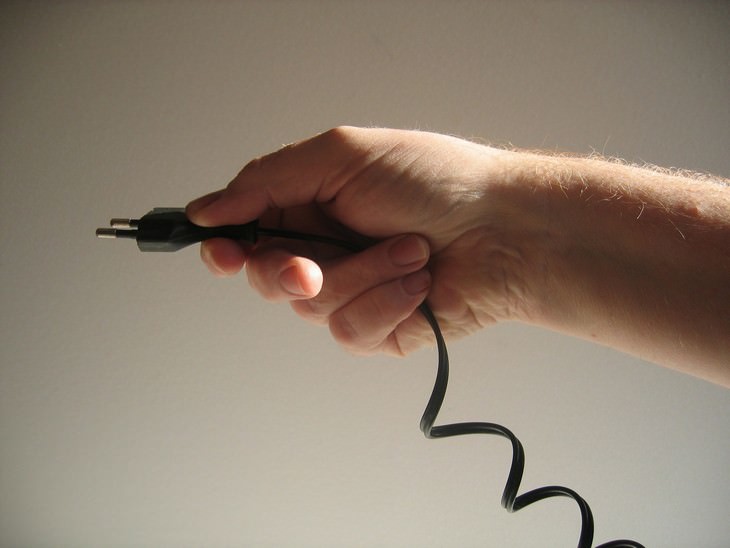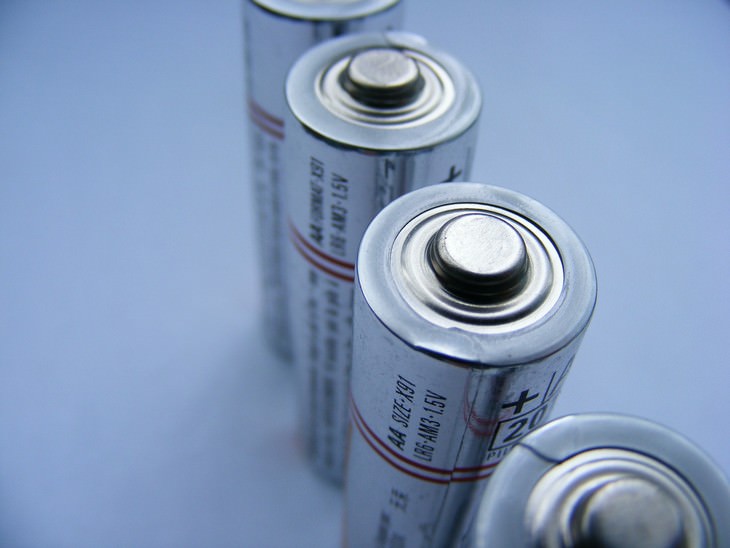Electricity plays a crucial role in human life as it serves various purposes such as lighting our homes, enabling hospitals to function properly, and is gradually becoming a vital part of our transportation system. However, despite electricity's numerous benefits, there are many myths surrounding it. These myths have been created over time due to widespread electricity usage in almost every household, and some have even become profitable. In the upcoming article, we will debunk eight such myths commonly believed.
Myth 1: A cable disconnected from a power source isn't active
The first myth we will tackle is the belief that an electric cable disconnected from a power pole is not active. It is crucial to know that an electric cable that falls to the ground after disconnecting from the power pole remains active and dangerous. Even if it falls on a surface that does not conduct electricity, such as asphalt, there may not be any visible sparks to indicate instability. In fact, the risk may be even higher in such cases. It is worth noting that the majority of electric cables found on the streets are not insulated, and contact with them can pose a life-threatening hazard. If you encounter such a situation, it is advised that you stay at least 6-10 meters (20-30 ft) away from it and notify the power company of the situation.

Myth 2: Rubber and wood do not conduct electricity
Contrary to common belief, rubber and wood cannot prevent electric conductivity. Rubber and wood are commonly used as electrical insulators, but they cannot always guarantee safety. Many protective objects, such as gloves and shoes, are not made of pure rubber and may contain conductive materials. Similarly, wood has a low ability to conduct electricity, but if it comes into contact with water or metal parts, its conductivity increases and it can be dangerous.
Myth 3: Devices switched off do not consume electricity
In reality, most electronic devices we use at home remain connected to power points even when turned off. This is evidenced by indicators such as clock displays or lights that remain on. Appliances like televisions, microwaves, and chargers, when turned off, actually enter "Standby" mode and continue to consume power to varying degrees, sometimes even as much as when they are switched on.

Myth 4: Leaving lights or computers on saves electricity
It is commonly believed that turning off and on a light consumes more electricity than leaving it on continuously. However, this is not true, as this action does not waste more electricity, and turning it off may actually result in significant savings on the electricity bill. A similar belief exists for computers, where the decision to leave it on or shut it off depends on the duration of non-use. If the duration is less than 20 minutes, it is advisable to keep it on. However, for longer periods of inactivity, turning it off is recommended to avoid cumulative electricity consumption.
Myth 5: Batteries store electricity
If we opened a battery, which is not recommended due to safety concerns, we would find a thick liquid known as an electrolyte. This substance contains free ions and is located between the positive and negative electrodes in the battery compartment of an electronic device. When batteries are inserted into a device, the contact between the metals in the holder and the electrolyte causes a chemical reaction. This results in the migration of ions and the detachment of electrons from the positive electrode. While there is no electricity inside the battery, it contains all the necessary components for electricity to flow.

Myth 6: Electricity moves at the speed of light
It is a common misconception that electricity travels at light speed. The speed of light is the fastest speed possible, and it is constant. The statement that electricity travels at a constant speed is not entirely accurate, as it depends on the material of the conductor through which it travels. Electrical cables with high resistance can slow electricity down to 50% of light speed. However, when electromagnetic waves pass through other conductors, they can reach up to 99% of light speed.
Myth 7: Static electricity "feels" different from regular electricity
Although there is a distinction between the electricity that runs through the sockets in our homes and offices and the small current we occasionally feel when we touch objects or other people, both types of electricity are fundamentally the same. The difference lies only in the way they are generated, not in their essence. Static electricity is produced when two conductors with different charges come into proximity, and the voltage difference results in an electric spark. Classical electric energy, on the other hand, is created by a stable electric field that occurs when a socket and a plug are connected. In both cases, the electricity itself is identical, and the only variation is in the method of generation.

Myth 8: Thicker cables allow more power to flow through them
Just because an electric cable is wider, it doesn't necessarily mean it can carry more electricity. The electric current in a wider cable moves slower than in a narrower one. However, the amount of electricity remains the same and is perceived differently. This is similar to a river, where wider areas have calmer waters and a slower flow. In contrast, narrower areas have faster currents to make up for the smaller surface area. However, in the end, the same amount of water will reach the sea.




